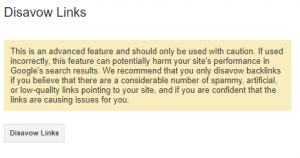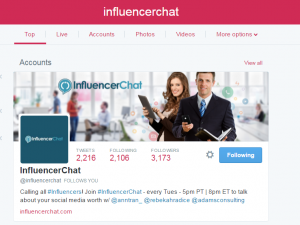Worldwide corporations have been uncharacteristically forced into being a remote work economy is as little as a month. Every aspect of a business has seen major changes, including the recruitment sector. Thus, it comes as no surprise, when onboarding- a process that is an initiation to a company- has to be conducted in a virtual setting.
The onboarding process of the new normal still has yet to catch up to the effectiveness of the traditional onboarding process. And it’s important that you do it right. After all, a good onboarding can be the difference between an employee being engaged from the first day itself and eventual employee turnover.
Seeing that the shift was so abrupt, it’s understandable that the preparedness for new virtual measures was affected. To ease some of the dilemmas, here is an easy checklist of everything you need to conduct a successful virtual onboarding:
1. A Welcome Email
The first step in onboarding a new hire is for you to make him feel at ease and welcome. Sending a sincere and thoughtful welcome email is a critical part of virtual onboarding since face to face interactions are not feasible.
A member of the hiring team or HR team can send the onboarding email prior to the new hire, prior to their starting date. Remember to include practical details like the start date and work timings in the welcome email.
2. Necessary Hardware and Tools
Now that it’s compulsive that employees work at home, it’s not feasible to expect every new hire to have the necessary tools and hardware available.
Communicate with the new employee, ahead of their starting date, on which tools are available to them. Make an itinerary of the tools that they’s be needing and order them beforehand. Confirm with them whether they have received the required tool and, if needed, set them up in a meeting with the IT team. Make sure that remote workers, at the very least, have the following necessities on hand:
- Computer
- Mouse
- Good internet connectivity
3. Send Company Swag
A welcome package, with some select items of company swag, is something that any new hire would cherish. Here are a few examples of company swag that are much sought after:
- Company branded merchandise like t-shirts, mugs, backpacks, etc.
- Personalized items such as headphones, books, gift cards, etc.
- Welcome note from the CEO.
- A self-care kit with some candles, chocolates, or healthy snacks. The combinations are endless.
4. Help Them Through Necessary Paperwork
A new hire will rightfully be overwhelmed by the paperwork and legal documentation that are needed to be sent, signed, or received. These can be the employment contract, employee benefits plan, or company policies.
These are some of the best ways to ensure that the paperwork process is smooth and hassle-free for both, you and the new employee:
- Keep and update a list of all the documentation needed in handy and forward it to the new employee as well.
- Consider a e-signature tool that’ll allow new hires to digitally sign and share documents with you, in a secure way. It is also comparatively less time-consuming.
- Encourage and practice effective communication measures in case any confusion arises.
5. Educate Them On The Company Culture
The most significant part of joining a new company is the excitement of getting to know and be a part of the company culture. Without it, the new hires might feel a sense of alienation and disparity.
It’s essential that your virtual onboarding process has a means of communicating the company culture to your newly hired workers. Here’s what you can do:
- Digitize your employee handbook.
- Forward relevant blogs, resources, presentations, etc that outlines your company culture.
- Share pictures or videos of your team outings, employee engagement activities, meetings, and such.
6. Necessary Communication Tools
The new normal is only possible due to the various communication tools and channels. To practice transparency, streamlining projects, and achieve business goals, it’s important that every team member (including new ones) understands how to properly communicate.
- Highlight the communication tools that the company prefers to use. Additionally, forward the necessary information about how to use those tools.
- Inform new hires about which team members to reach for specific concerns.
7. Highlight Goals and Objectives
The new hires should be aware of the nature and purpose of their work. The most reliable way is to map out the goals and objectives of they will be expected to fulfill.
- Define their team goals as well as their long and short term goals.
- After the initial onboarding, create and share the task calendar. To familiarize them with the job role, a new hire can be given a project or task to perform as soon as possible.
- Schedule one on one meetings on a weekly/monthly basis to address projects, progress, and issues.
8. Introduce The Team
Set up the new employees on meetings with their team members. During the first few days itself, the employee should have either one-on-one or group interactions with the team. This practice is not only limited to the team and can be extended to include managers, other supervisors, or even other teams who they’ll be closely working with.
9. Schedule Required Training
With limited or no face-to-face interactions, training new hires would prove to be a troublesome process to navigate. Applying these measures helps in, if not all, some extent:
- Use interactive training courses that are user-friendly and include games and quizzes to boost engagement.
- Use product demos.
- Conduct a follow-up session, after training commences, and try to clear resulting doubt and queries.
10. Follow Up
Remember to touch base with the hires after the first week, month, and quarter. It will help you to establish whether they’ve settled into their respective job roles. To make the onboarding process more transparent and smooth, assign a mentor to new hires. A mentor will act as a bridge with who the new hires may feel comfortable enough to voice their concerns and questions.
Business & Finance Articles on Business 2 Community
(65)






